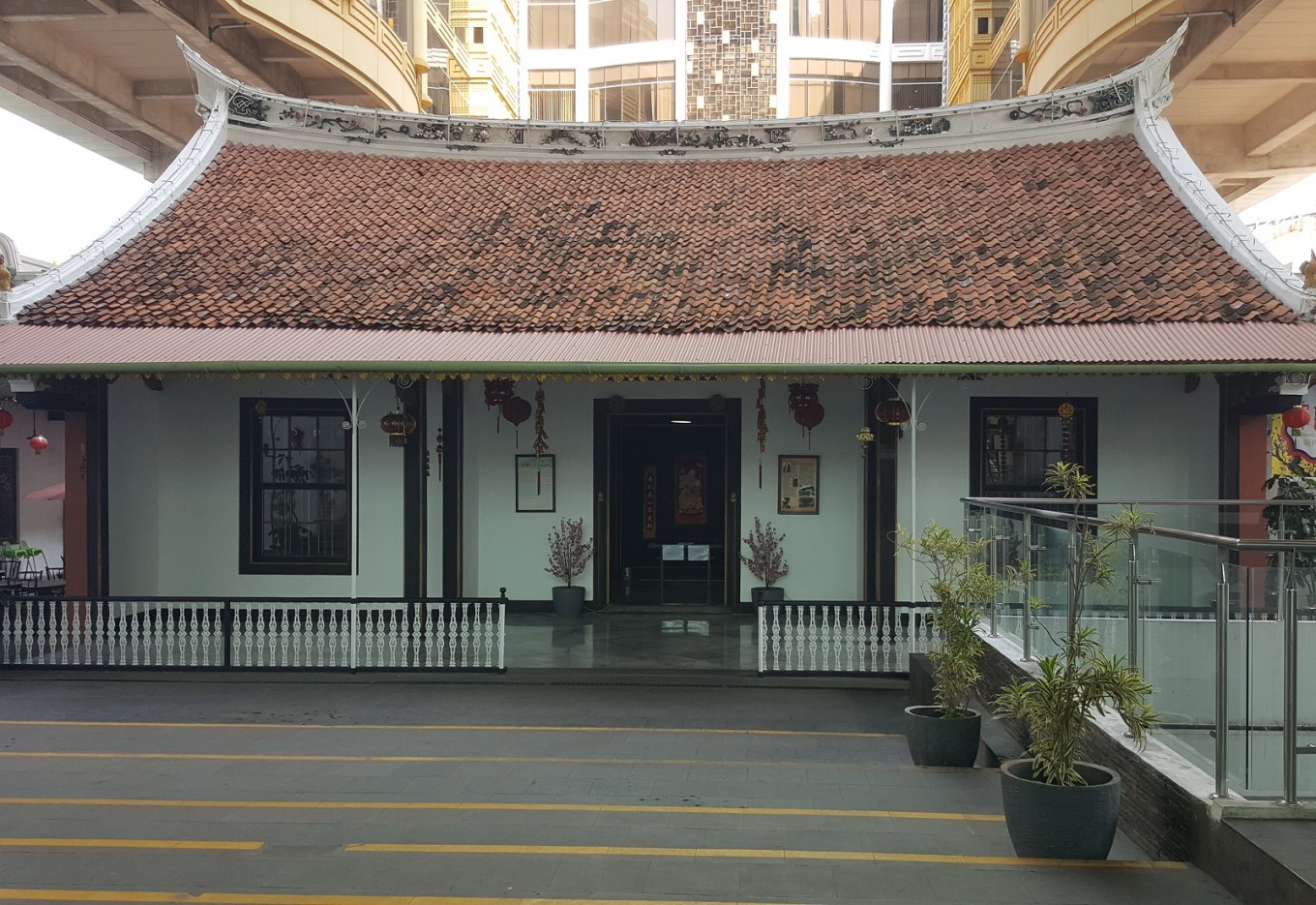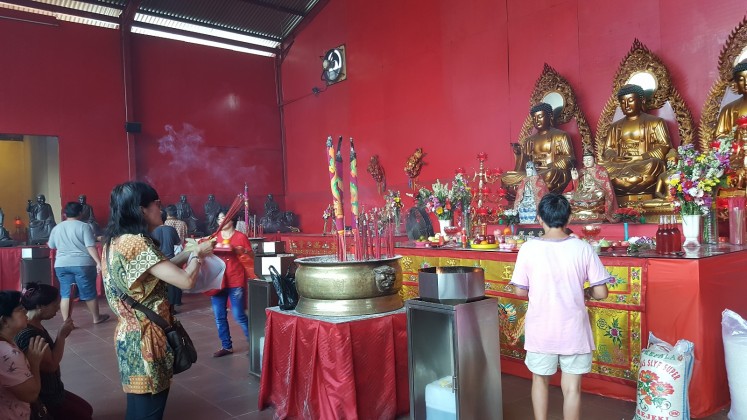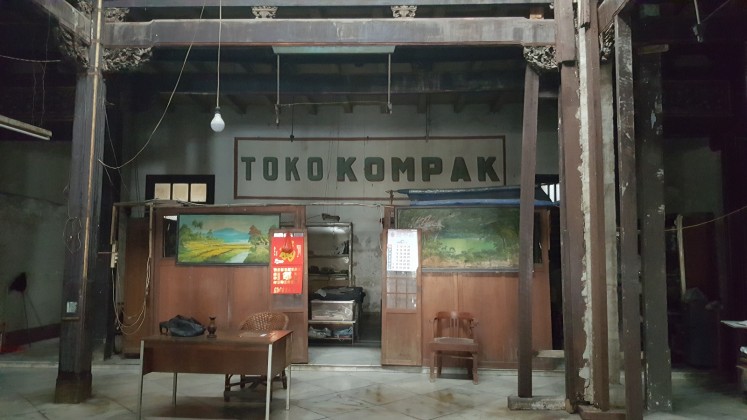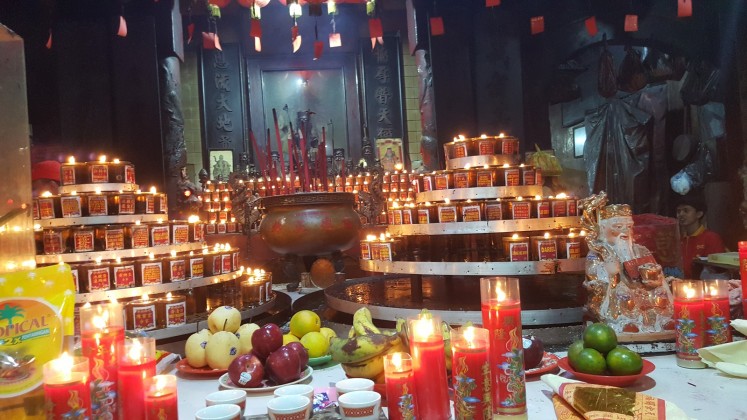Jakarta's walking heritage tour revisits history of city
As Jakarta celebrates its 491st anniversary this year, a walking tour of lesser known historical sites was offered to the public.
Change Size
 The Chandra Naya House was built in 1807. (JP/Elysa Ng)
The Chandra Naya House was built in 1807. (JP/Elysa Ng)
A
s Jakarta celebrates its 491st anniversary this year, a walking tour of lesser known historical sites was offered to the public.
Initiated by hotel operator Archipelago International, the tour was offered on Thursday.
The following are the spots visited on the tour:
1. Chandra Naya House
Built in 1807, the Chandra Naya House was close to being demolished several times. The only reason it remains standing today is because of protests aimed at protecting the historical site.
A traditional Chinese house, it has a sloping roof and was originally a two-story home. This house also includes a small pool in its courtyard, decorated by frog statues—which are considered good luck charms—and koi ponds.
Read also: Jakpost guide to Glodok
2. Dharma Bhakti Temple

This mysterious smoky setting is also known as the Kim Tek Ie Temple. Found in Chinatown, this temple is considered the oldest of its kind in Jakarta and is arguably one of the most famous ones.
Built in 1650, it is near the Pasar Petak Sembilan as a symbol between heaven and earth.
Most of the temple has been relocated and renovated over time, especially after a fire in 2015.
3. Petak Sembilan
With an assortment of fish, meat, chicken and vegetables, this market offers an array of products.
Aside from food items, it also houses the famous Bakmi Amoy restaurant.
With the Dharma Bhakti Temple nearby, those who visit this market can also pay a visit to the temple to pay their respects.
4. Toko Kompak

A historical house in Pasar Baru, it is a symbol of the 1966 nationalism movement.
Homes with Chinese names had their names changed to become more Indonesian.
The word kompak was chosen in the hope that the family that owned the house would remain united amid hardships.
Read also: Jakpost guide to Pasar Baru
5. Sin Tek Bio

Located in a narrow alley in Pasar Baru, the temple has two floors.
While smaller than the Dharma Bhakti Temple, this temple makes use of all the space provided. Every corner is full of candles and there is even a place where visitors can get their fortunes told.
6. Pniel Church
Near Pasar Baru, this church has a remarkable uniqueness of its own. Also dubbed “the chicken church”, this place has a chicken wind vane at the very top of the building to indicate the current wind direction.
Built in the 20th century, it still retains most of its original structure, which can hold up to 1,500 people. Most of the chairs, minibar and other equipment are over a century old. (ely/kes)






